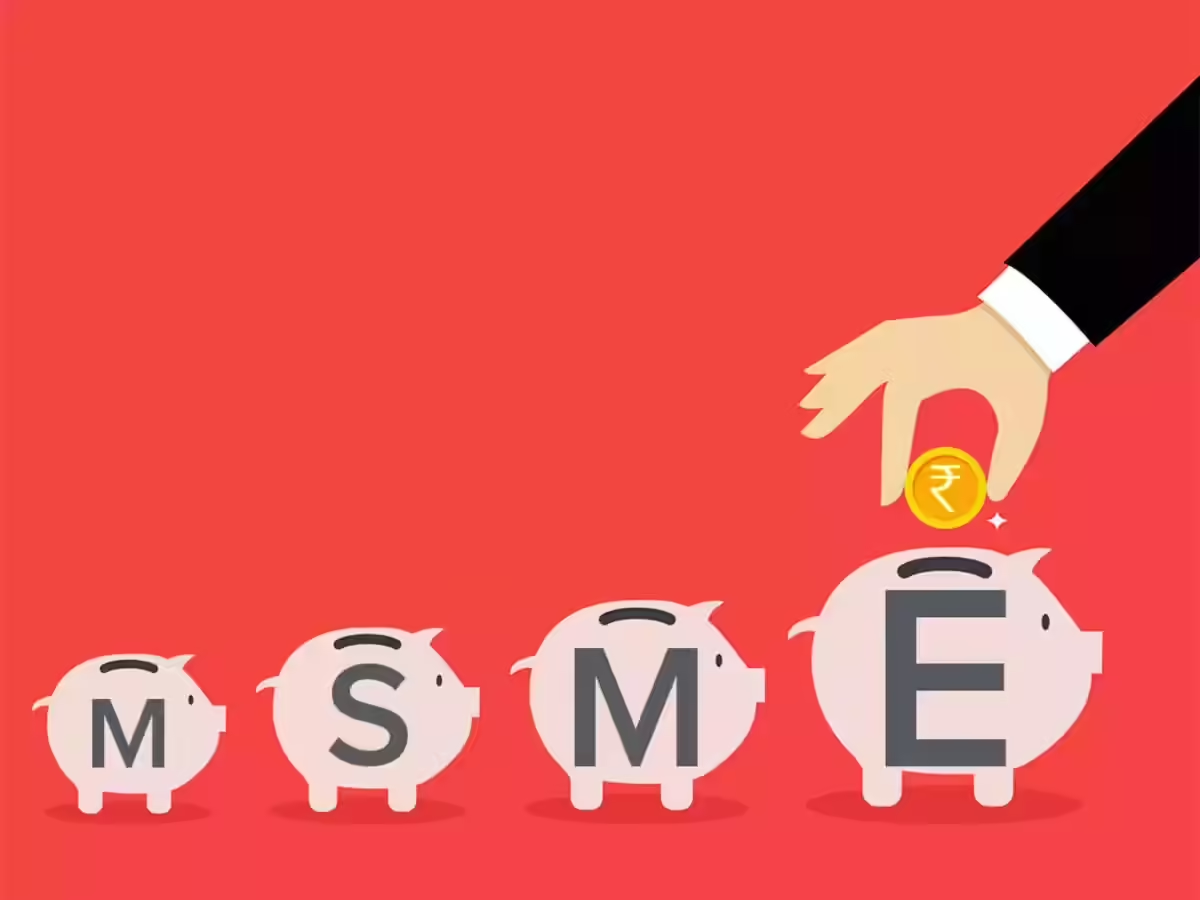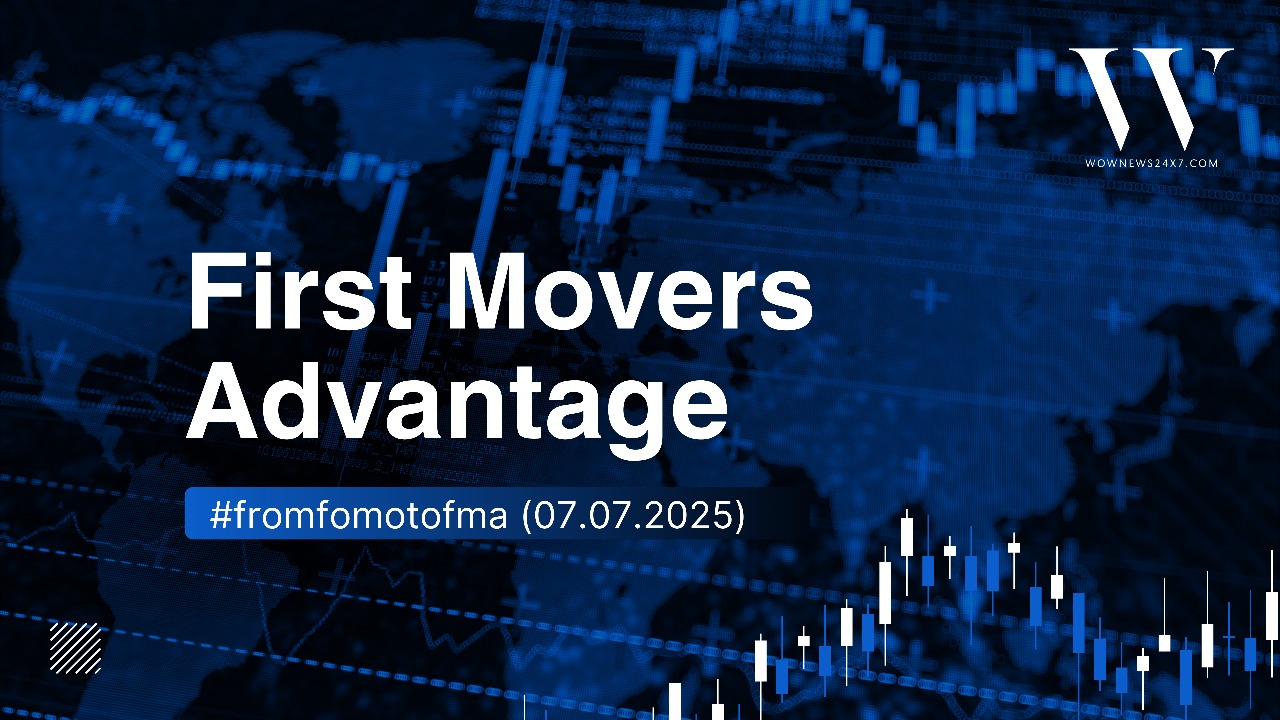 Image Source: BFSI News
Image Source: BFSI News
India’s banking sector continues to post double-digit credit growth, signaling robust economic momentum despite global headwinds. According to the Economic Survey 2025, overall bank credit grew by 11.8% year-on-year as of November 2024, following a peak of 15.2% the previous year. While growth has moderated slightly, experts say the trend remains sustainable and broad-based, driven by MSMEs, retail lending, and infrastructure financing.
1. What’s Fueling the Surge?
-
MSME Lending: Credit to micro, small, and medium enterprises rose 17.8% YoY, thanks to government-backed guarantees, UDYAM registration, and digital onboarding.
-
Retail Credit: Home loans, personal loans, and credit cards continue to see strong demand, especially in urban and semi-urban areas.
-
Public Sector Banks: PSBs now account for 56.9% of incremental credit, up from 20% in FY18, showing renewed lending confidence.
2. Is It Sustainable?
-
The credit-to-GDP ratio has improved, narrowing the gap from (-)10.3% in FY23 to (-)0.3% in FY25, indicating that credit growth is not overheating.
-
India’s ratio still trails advanced economies, suggesting ample room for expansion without triggering systemic risk.
-
The RBI’s Financial Inclusion Index rose from 53.9 in 2021 to 64.2 in 2024, reflecting deeper credit penetration.
3. What It Means for the Economy
-
Consumption Boost: Easier access to credit fuels consumer spending, especially in housing, automobiles, and durables.
-
Business Expansion: MSMEs and corporates are leveraging credit for capex, hiring, and digital transformation.
-
Financialization of Savings: Household investments in equities and credit instruments are rising, diversifying India’s financial ecosystem.
4. Risks to Watch
-
Pockets of stress are emerging in unsecured lending and NBFC portfolios.
-
Liquidity tightening and regulatory changes in the Liquidity Coverage Ratio (LCR) could slow credit momentum in FY26.
-
Credit quality remains stable, but close monitoring is essential as lending expands into new geographies and borrower segments.
Sources: Economic Times BFSI, SBI Research, CRIF High Mark, ThePrint
Advertisement
Advertisement




